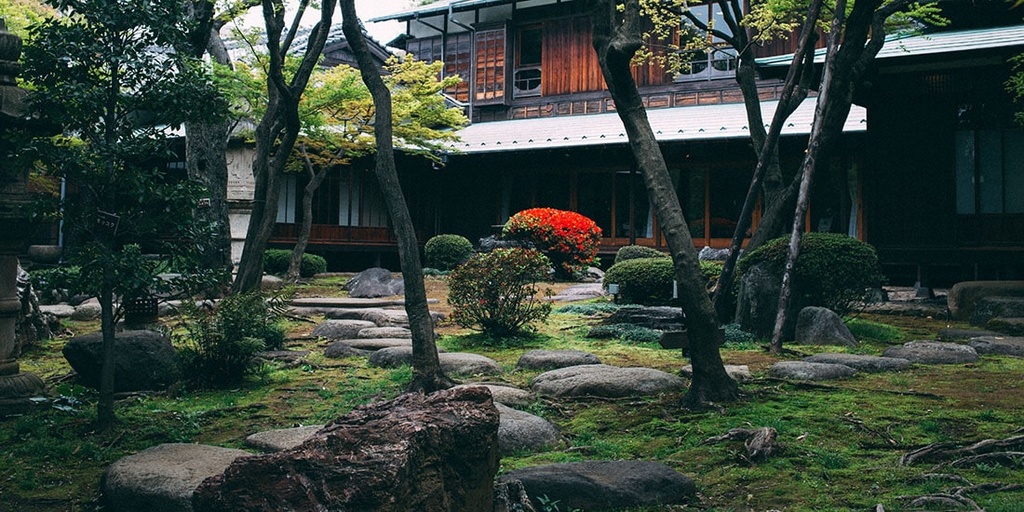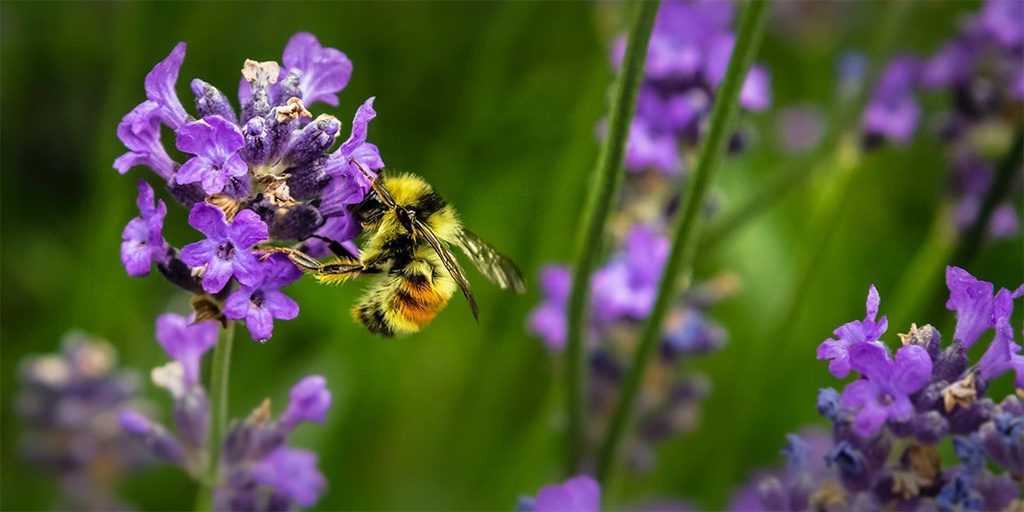Replace your grass lawn
- Earth Points
- 30
- Ease
- Medium
Description
Turn your mundane one-species grass lawn into a more interesting natural environment that supports more life. Grass lawns are a resource and time sink. They require fertilizer (made from petroleum products), mowing (usually with a gas mower), and extra water.
There are several better alternatives, including: a native species-landscaped yard, a moss garden, woods, a freedom lawn, and an edible garden. Any plant that does not require mowing and fertilizer is a great option to save you time, money, and pollution. Further, the more natural the environment, the more carbon is sequestered in the soil.
Tips
• Replacing your lawn does not have to be all done at once. You can instead build your native flowers, edible gardens, shrubs, trees, and ground cover out farther and farther each year into the lawn space.
• Dig up, divide, and spread out plants you have now to let them grow bigger and take up space that you had to mow before.
• If you want to change over to a native plant garden more quickly, you can cover the one-species grass lawn with cardboard, loads of compost, and then mulch. Then plant new native plants in through the cardboard. As the cardboard and compost works into the soil slowly, the plant will put its roots down deeper.
• If you tear up the lawn all at once you might be able to de-sod the landscape and sell the sod to someone else. It is not ideal to keep perpetuating grass lawns, but better than letting it go to waste.
• Some organizations, including volunteer ones, will help you unlawn your lawn. Search online for local groups.
• For planting new gardens, you may be able to get help from your city or nonprofits within your jurisdiction as well.
• Fall is a great time to get new plants on sale from your local garden center. There are usually great sales and otherwise the plants are often left to die.
• There are lots of other exciting ideas and tips online in articles, videos, and communities to learn what works best for your area.
Types of Alternative Lawns:
• A Native Landscape is just that — made of native species. You can let it go wild, removing invasive non-native species as it grows, or you can landscape to create a layered, multi-colored garden that blooms/turns green with different species throughout the year. A native landscape is low maintenance; it almost never needs a lawnmower, fertilizer, or active watering.
• Plant an edible garden in your backyard and in your front yard if allowed. An edible garden can range from a more natural, edible landscape to a full-blown vegetable garden, as well as fruit trees. There are many resources online for your specific location. An example of how neighbors are supporting an actual market with their lawns can be found here.
• If you have lots of trees around or a shady yard then consider a Moss Garden. They do not require fertilizing, although some species do require watering during dry spells. A how-to source.
• For those with more sun, consider a Clover Lawn. Clover does support bees, but be careful about choosing native clover versus introduced clover. Avoid a one-species lawn, even if using a native species — mix up the species!
• A Woodland Garden consists of a layered landscape including trees, shrubs, small bushes, and ground cover. It takes time to grow though — but you will be sequestering carbon in the process. To maintain, sticks from the trees should be composted in a pile if you plan to keep a managed layered look.
• A Wildlife Pond is a great option if you have room for it. Search online for ideas for your area.
• Xeriscaping is landscaping with an emphasis on the selection of plants for water conservation, not necessarily selecting native plants. Search online for local options if you live in a water-scarce area and would like to explore this route.
• A Freedom Lawn is a lawn that is still mowed (hopefully with an electric mower), but consists of any species that grows, such as clover, other types of grasses, dandelions. It stays green for a longer period over the year than a regular grass lawn and still feels like a lawn to walk on (which can be good for kids). It is a good way to start converting your lawn over to a natural landscape. The biggest disadvantage is that it still requires some mowing.
• Alternatively, create a combination of the above or come up with your own ideas to create a space that you enjoy and that works for you!
• These things can not only be done at home — but at schools, places of worship, or even at your office.
Additional Resources
- https://xerces.org/pollinator-conservation/yards-and-gardens
- https://news.yahoo.com/back-wild-ungardening-took-root-america-012337033.html
- https://www.newyorker.com/magazine/2008/07/21/turf-war-elizabeth-kolbert
- https://www.scientificamerican.com/article/the-lawn-grass-probably-isnt-greener/
- https://news.wttw.com/2019/10/02/fearing-insect-apocalypse-renowned-entomologist-says-get-rid-your-lawn
- https://earther.gizmodo.com/lawns-are-an-ecological-disaster-1826070720
- https://returntonow.net/2018/08/03/want-a-sustainable-grass-like-lawn-plant-clover/
- https://home.howstuffworks.com/10-green-lawns-without-a-blade-of-grass10.htm


